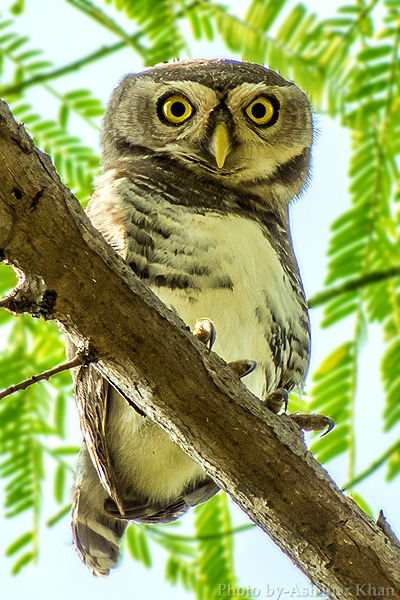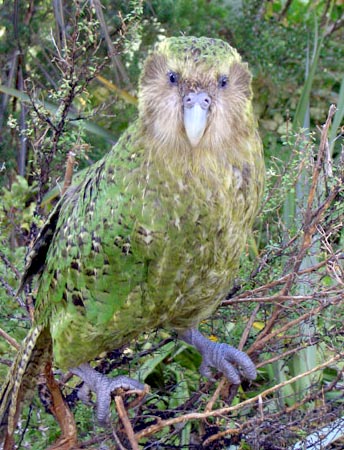Bramarishi Calling
Bramarishi calls you to see that saving birds is saving ourselves. Help us to help birds revitalize the soil, plant life and endangered species that human life has had such a devastating effect on.
In March of 2022, Bramarishi led a motorcycle rally across India from Kanyakumari to Kashmir to spread awareness on the preservation of bird species and answer questions on practical ways that we can help. Bramarishi is calling us to lend a helping hand in saving our Earth. Will you join the cause?












-min.jpg)
-min.jpg)



















.jpg)






















